For Public-Private-Partnership (PPP) Projects, after the successful conclusion of the procurement stage and financial close, the delivery stage commences. This stage includes three phases: construction, service delivery, and contract expiry. The construction phase is the phase in which the design and construction occur and concludes through the commissioning process once commercial acceptance has been achieved. After commercial acceptance, the service delivery phase starts. This is the phase when the private party or the Special Purpose Vehicle (SPV) company utilizes project assets to deliver contracted services required under the services specification during the remaining life of the project deed which concludes upon project deed expiry or termination. The contract expiry or termination phase is the conclusion of the contract, including any handover or transition period leading up to and after project deed expiry or early termination.
During the delivery stage of Public-Private Partnership (PPP) projects, there is a need for performance monitoring, evaluation, and reporting. This should cover the various aspects related to the performance of the project, including financial, service, technical, contractual, social and environmental, risk management, compliance management, and stakeholder engagement. The role that each entity has on the PPP Project determines the responsibilities of each entity in collecting, analyzing, monitoring, evaluating reporting, and sharing performance information. For a PPP project, those entities would usually include the government entity, guarantor, and the private party or the SPV company including their debt financiers, equity partners, design consultants and construction contractors, and operation and facility management contractors.
The Financial Performance of the PPP project addresses revenues, expenses, profits, and losses while the Service Performance covers the quality and quantity of services provided by the private partner, such as the availability, reliability, safety, and accessibility of the infrastructure or service provided. On the other hand, Technical Performance includes the technical aspects of the PPP project, such as the quality of design, construction, operation, and maintenance of the infrastructure or service provided. Contractual Performance includes the performance of the private partner in meeting the contractual obligations specified in the PPP contract, such as the delivery of services, the provision of assets, and the management of risks. As for the Social and Environmental Performance, this covers the social aspects of the PPP project, such as the impact of the project on the community, the environment, and other stakeholders.
Risk Management includes the identification, assessment, and management of risks associated with the PPP project, such as financial, technical, legal, and social risks, whereas compliance management includes compliance with legal and regulatory requirements related to the PPP project, such as environmental regulations, labor laws, and other relevant laws and regulations. The last performance aspect is Stakeholder Engagement which includes the engagement of stakeholders, such as the public, users, investors, and other stakeholders, in the PPP project, and their feedback on the performance of the project.
For each performance aspect, it is crucial to establish early warning indicators of deviations that have a serious impact on the successful completion of the PPP project delivery stage. Those deviations if they are not controlled and rectified can have a tsunami effect on the project, and recovery will be tough to achieve without incurring serious damages. That is why these are known as Tsunami Early Warning Indicators (TEWI). It is important to define the indicators that are relevant to the specific PPP project and align them with the objectives and goals of the project.
For example, the TEWI for financial performance includes the metrics for revenue generated, costs incurred, profits earned, cash flow, and return on investment (ROI) while the TEWI for technical performance indicators can include metrics such as construction quality, safety, maintenance, equipment performance, and adherence to technical standards. The TEWI for contractual performance includes measures for the scope of work deliverables, milestone dates, contractual performance obligations, and payment terms. On the other hand, the TEWI for service performance indicators can include metrics such as service availability, quality, responsiveness, customer satisfaction, and safety. The TEWI for social and environmental performance includes metrics for access to services, quality of services, user satisfaction, employment opportunities, and community engagement.
The TEWI for risk management includes the pre-mitigation and post-mitigation of likelihood, impact, and score of all identified and treated risks including the residual risks and responsibility for which all risks will be grouped by their relevant category. On the other hand, for compliance performance, the TEWI could include measures for compliance with environmental regulations, compliance with labor laws, and compliance with contract terms. Finally, the TEWI for stakeholder engagement may include the metrics for stakeholder identification, stakeholder participation, stakeholder feedback, and stakeholder satisfaction.
For the Tsunami Early Warning Indicators to be valid, reliable, and accessible, there should be a project information management system (PIMS) platform that allows management of the different processes needed to collect the data used to collect the different performance measures. To ensure transparency in collecting this data, each process needs to have a pre-defined template for data collection that also allows attaching all supporting documents. Access to those templates will be determined based on each entity’s obligations and responsibilities as defined in the contract agreements. On the other hand, enforcing accountability on data collection requires assigning workflow for each process to identify the data collection, submission, review, approval, and final approval tasks. The workflows need to include the approval authority levels as defined in the delegation of authority (DoA) levels.
To enable collaboration in collecting data and sharing information, the PIMS platform should be web-enabled to allow the PPP project entities to access the PIMS platform from anywhere and anytime. Of course, being web-enabled should not violate the government requirements for having the collected PPP project’s data only be stored in the country of the government. Further, it should allow the government to set the access rights for each PPP project entity and even the individuals of those entities on the data that they are permitted to add, edit, or view.
The PMWeb project information management system is an example of an application that allows the government to have a single platform to monitor, evaluate and report the performance of their complete PPP projects’ portfolio. The PMWeb PIMS platform allows managing all processes and documents needed during the PPP project delivery stage as well as the preceding stages of identifying and screening, appraising and preparing, structuring the draft, and procurement.
To start with, PMWeb allows defining of all PPP projects that the government could have regardless of the stage that those projects are at. For each PPP project, the PMWeb project template allows capturing the data associated with the project including associating it with the assets that will be created by the project as well as the program or type of PPP project. Of course, there is no limit on the number and type of data fields to be added to the project template.
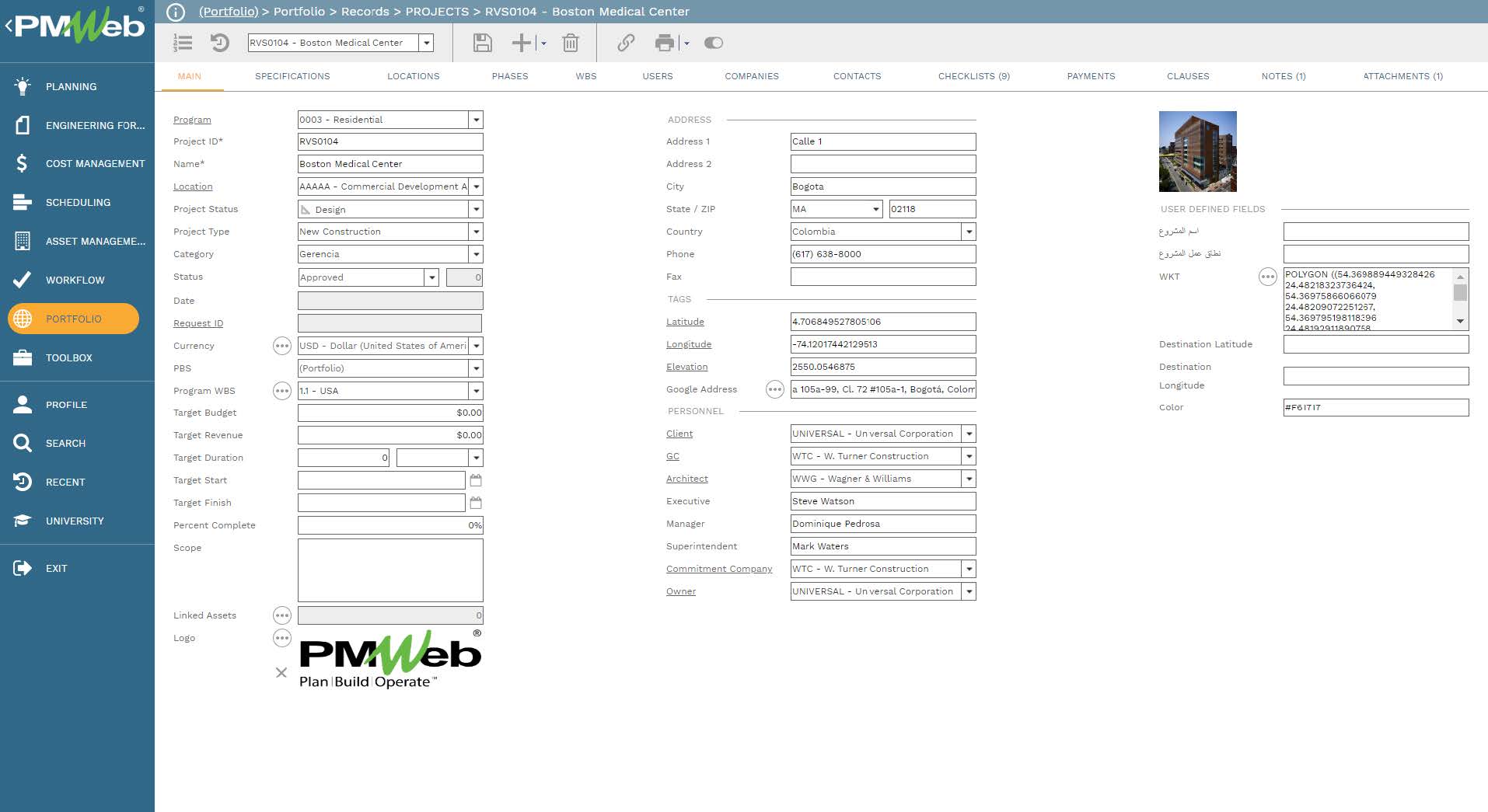
In addition, PMWeb comes ready with a companies’ directory to allow capturing the details of all entities and individuals of those entities that will be associated with the PPP projects. Those would usually include the government entity, guarantor, and the private party or the special purpose vehicle (SPV) company including their debt financiers, equity partners, design consultants and construction contractors, and operation and facility management contractors.
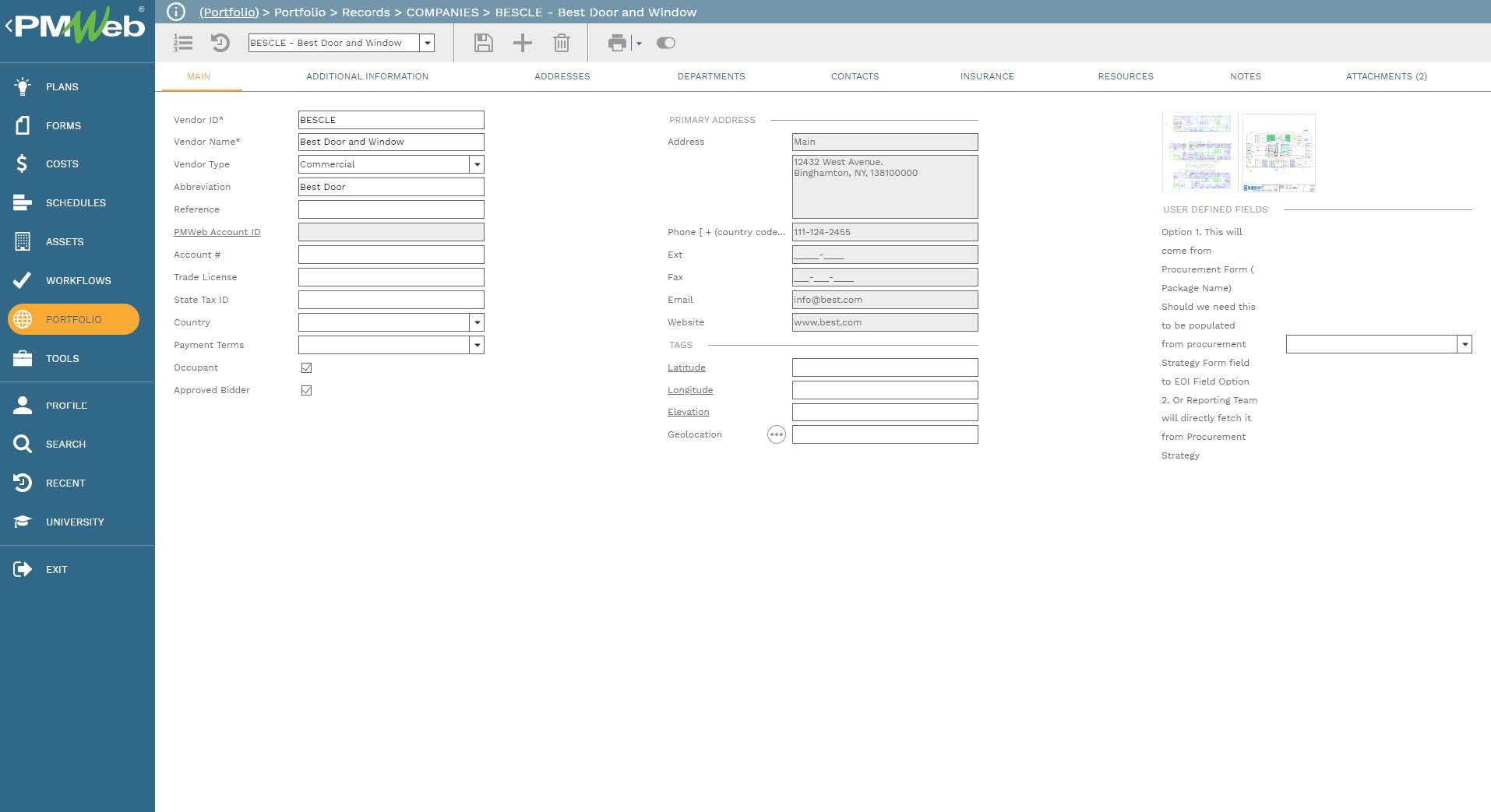
Having an electronic document management system is crucial for any project including PPP projects. The PMWeb document management repository allows the creation of folders and sub-folders used by the government to physically store project records and documents. PMWeb allows defining the access right for each folder and sub-folder as well as defining the attributes that need to be provided for documents uploaded and stored on the PMWeb document management repository. Similar to other document management systems, PMWeb allows maintaining versions of uploaded documents. The uploaded documents become available to be attached to any record of any process managed using PMWeb.

As stated earlier, the core objective of using a PIMS platform like PMWeb is to digitalize all processes that are needed to manage the execution of PPP projects. To achieve this, there are two important requirements. The first is that each digitalized process needs to have a pre-defined template for data collection that also allows attaching all supporting documents. PMWeb comes ready with templates for the main processes that are common to capital construction projects. For example, PMWeb comes ready with the templates needed for financial and contract management. These include cost estimates, budgets, budget adjustments, commitments, change orders, potential change orders, progress invoices, accounts payable payment, revenue contracts, change orders, requisitions, accounts receivable funding, miscellaneous invoices, and project funding, among others.
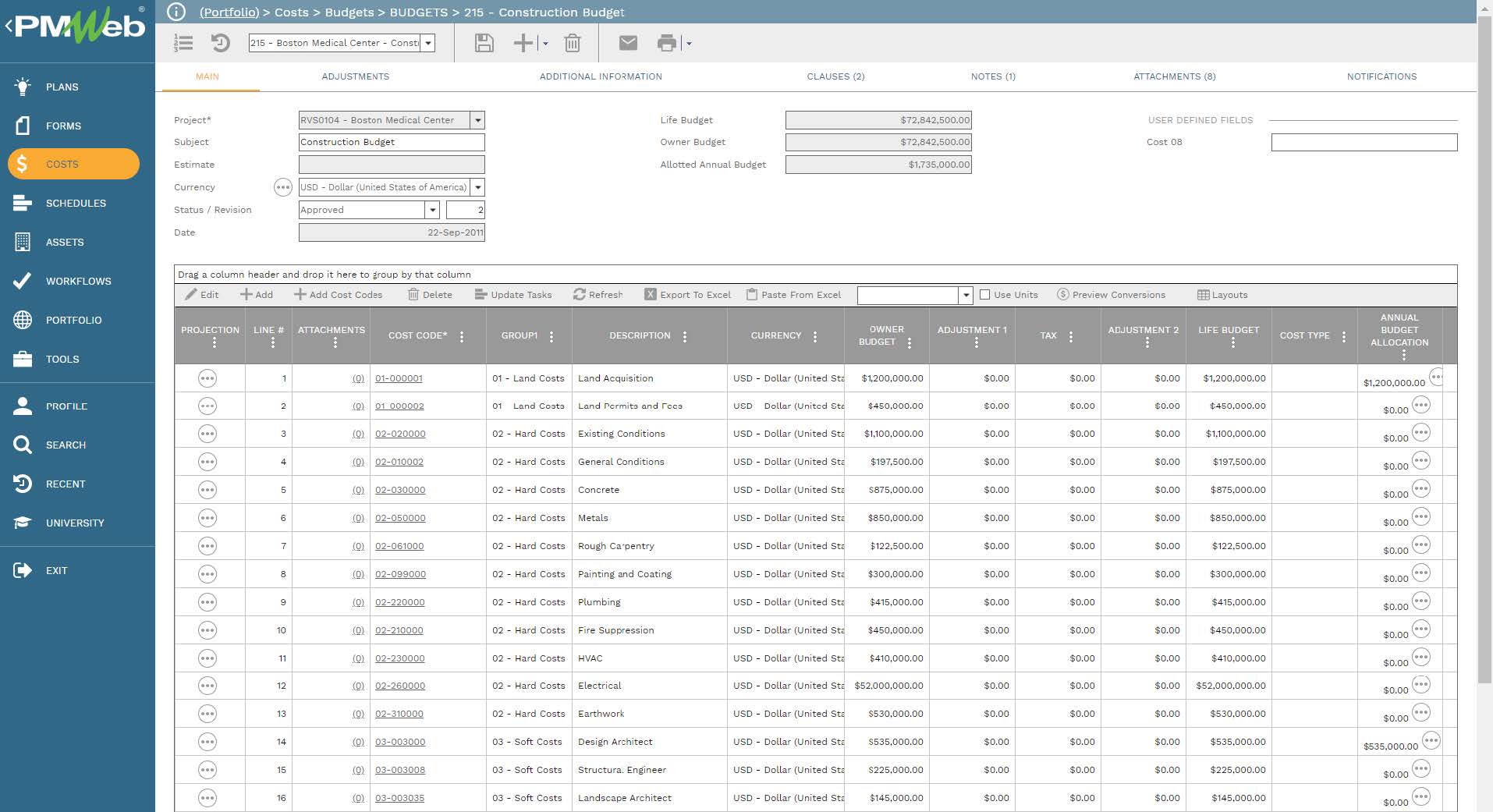
In addition, PMWeb comes ready with the templates needed for project communications including requests for information, submittals, transmittals, meeting minutes, correspondence, and others. Furthermore, PMWeb comes ready with templates for prequalification, procurement, the risk register, and PPP project life cycle stage gates which include the deliverables for each stage gate and the requirement to exit a stage, among others.
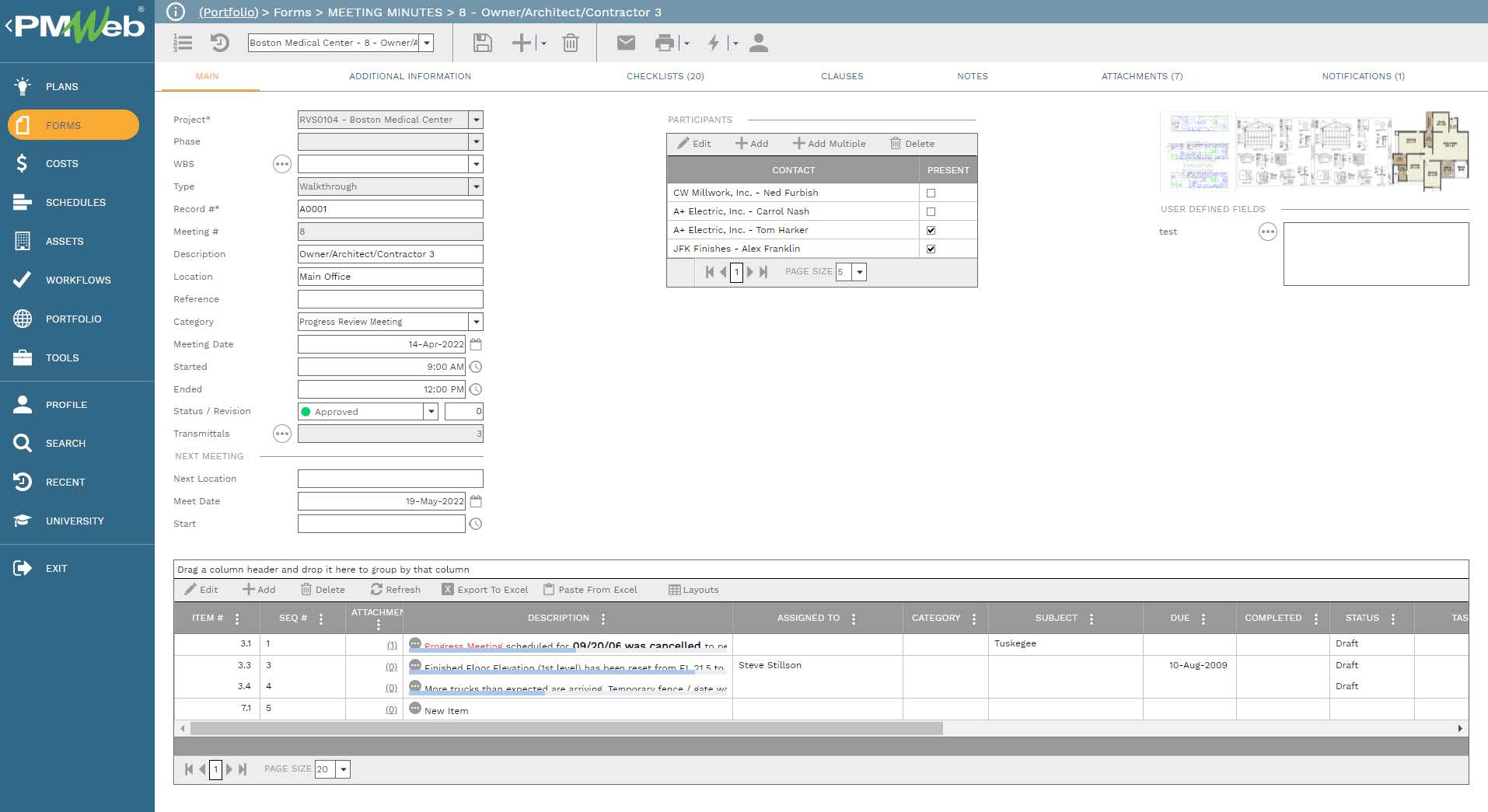
Nevertheless, what is important is that PMWeb allows the creation of templates that are not that common to capital construction projects, like the templates for the services, social and environmental, and stakeholder engagement processes which are usually needed on PPP projects. Most of those templates could be unique for each PPP project.
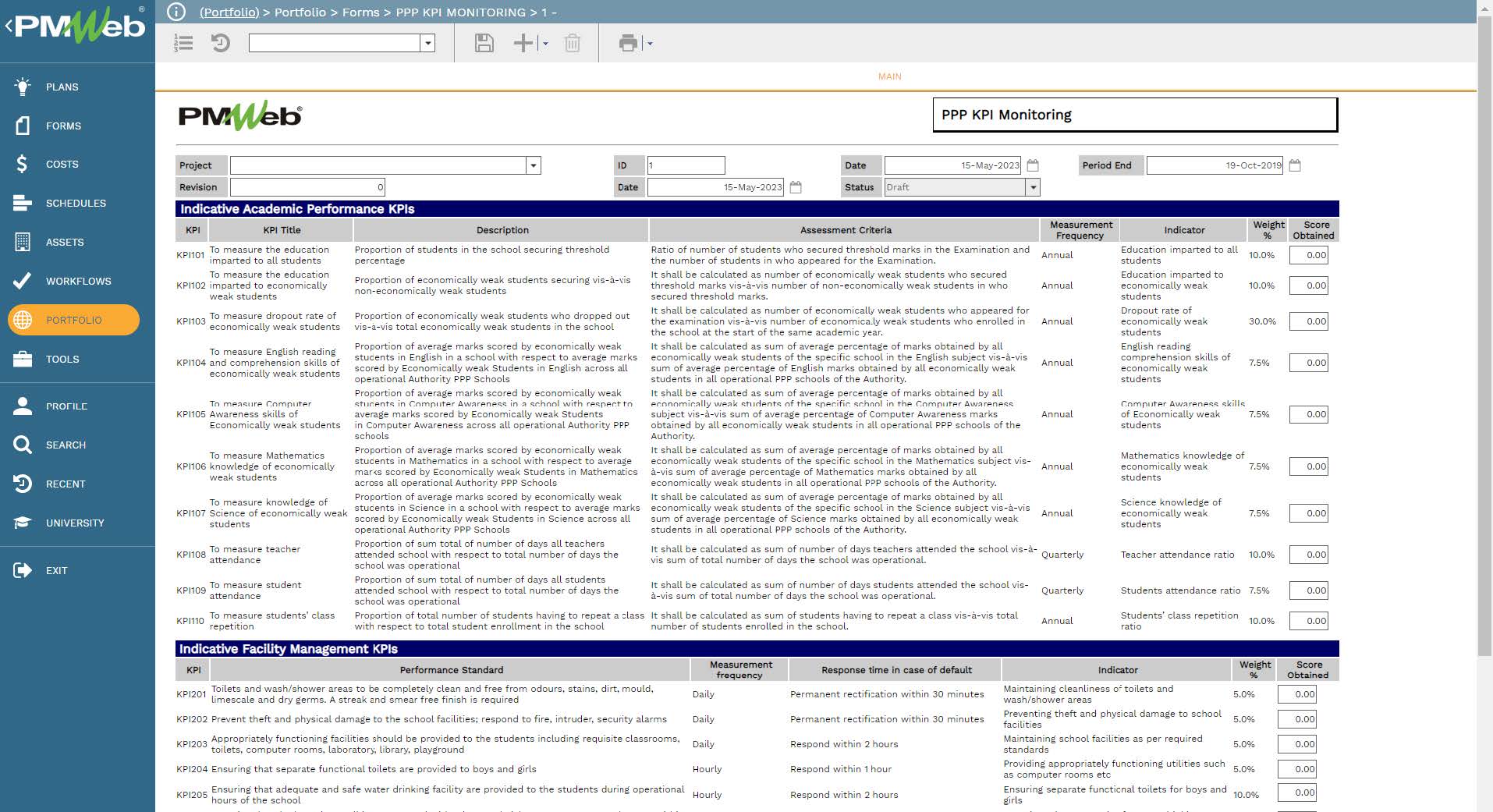
The second requirement is for digitalizing the submission, review, approval, and final approval of captured data and associated supporting documents. The PMWeb workflow module digitalizes those tasks and assigns the right individuals to execute each task along with the allotted duration and actions available for returning and resubmitting the record as well as the types of actions available for the individual.
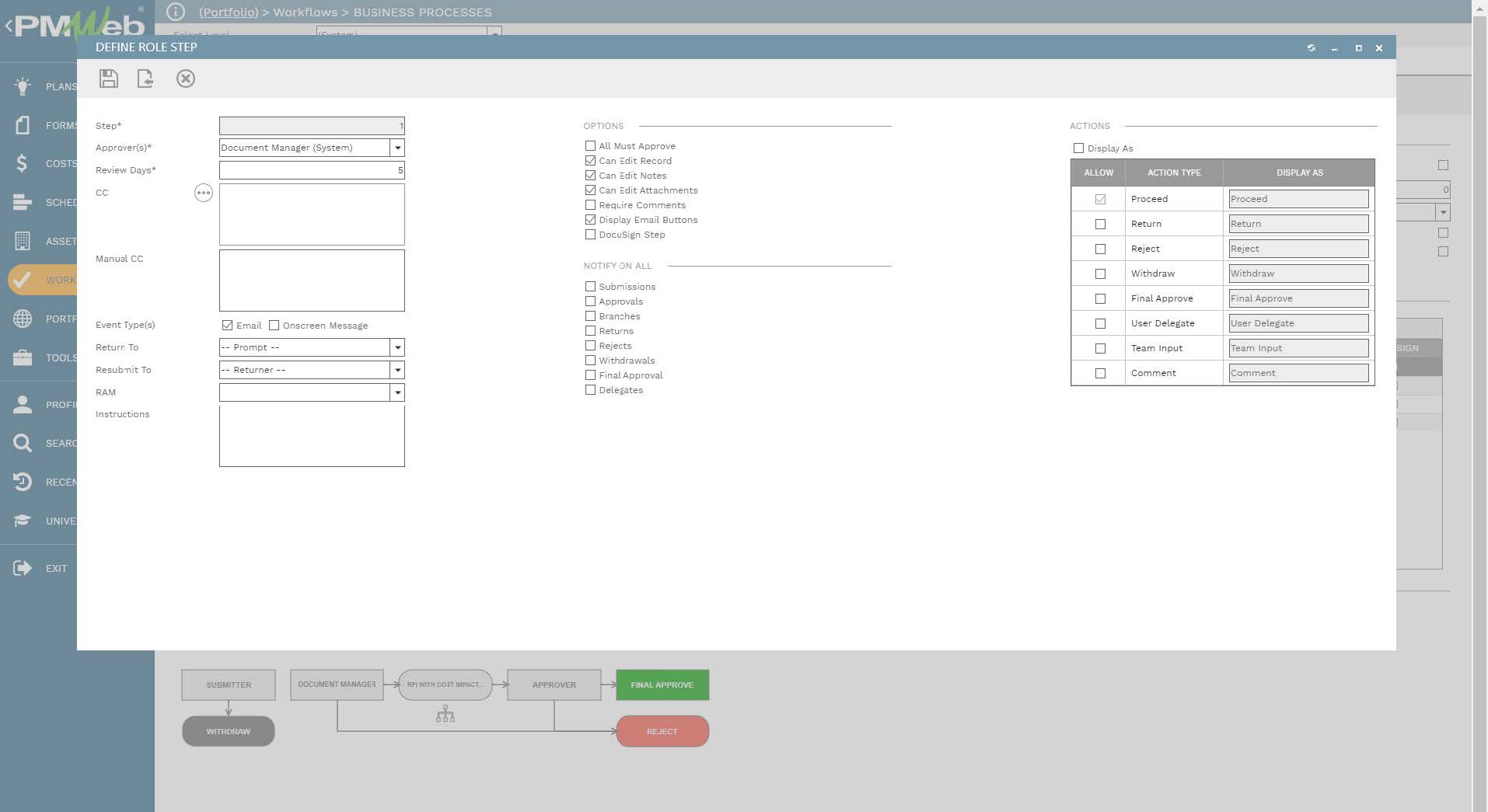
The PMWeb workflow allows embedding the approval authority levels as defined in the delegation of authority (DoA) matrix. This ensures that transactions for processes and in particular those associated with financial processes be reviewed and approved or rejected by the authorized individuals.
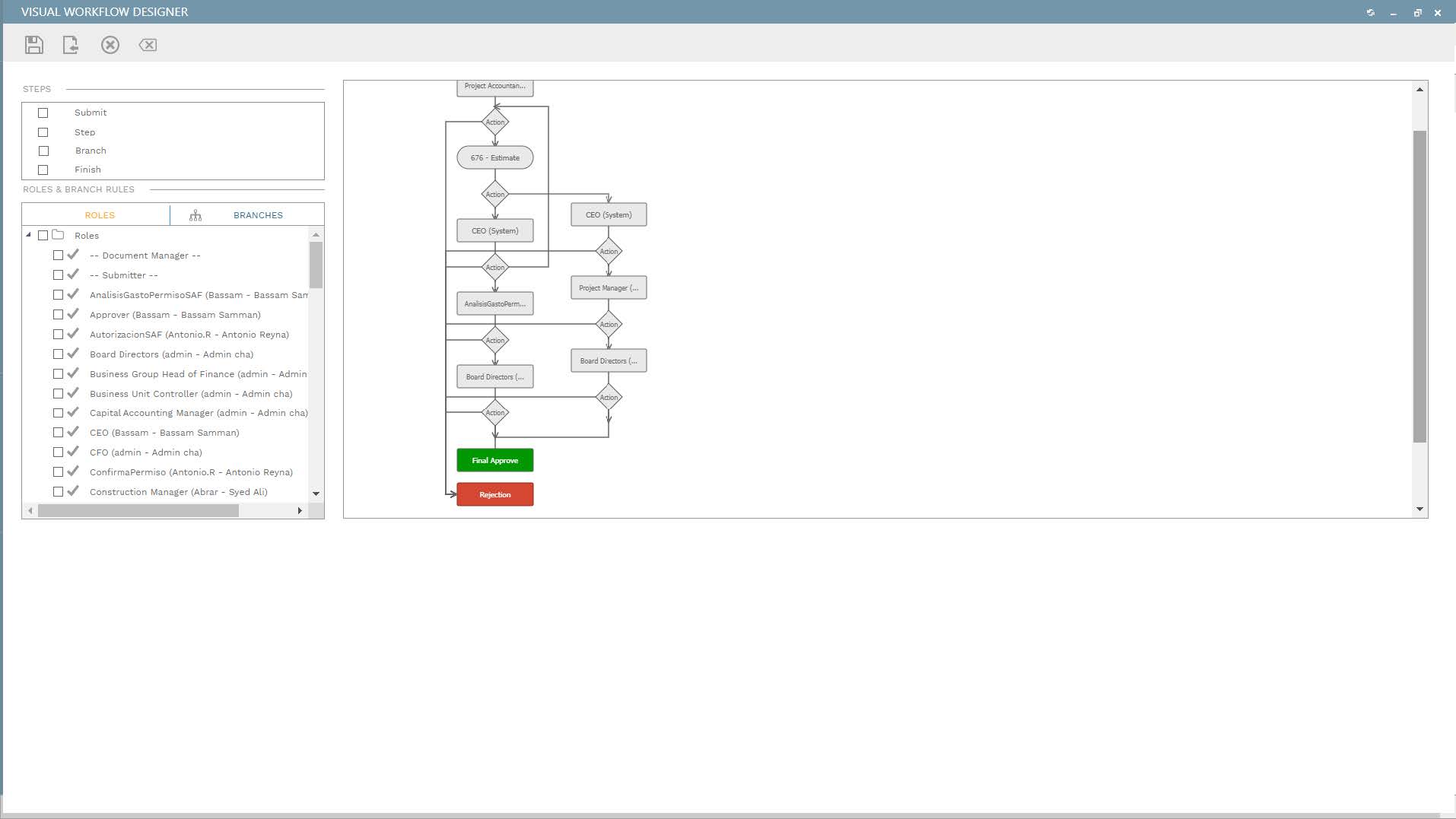
The PMWeb workflow also sets alerting rules to allow notifying selected project team members of delayed workflow tasks. In addition, the PMWeb workflow also allows replacing and delegating workflow tasks if the assigned individuals are temporarily or permanently not available on the PPP project.

The created workflows can be assigned to their selected processes. This ensures the automatic distribution and sharing of each transaction of each process. The workflow tab for each process template displays the planned workflow tasks as well as the actual status of those tasks along with any comments or team input associated with each performed task.

The digitalizing of the PPP project processes enables each individual to have real-time reports of all workflow tasks due for action or completed tasks. The report can be grouped to show the workflow tasks by processes as well as overall tasks assigned to each individual.
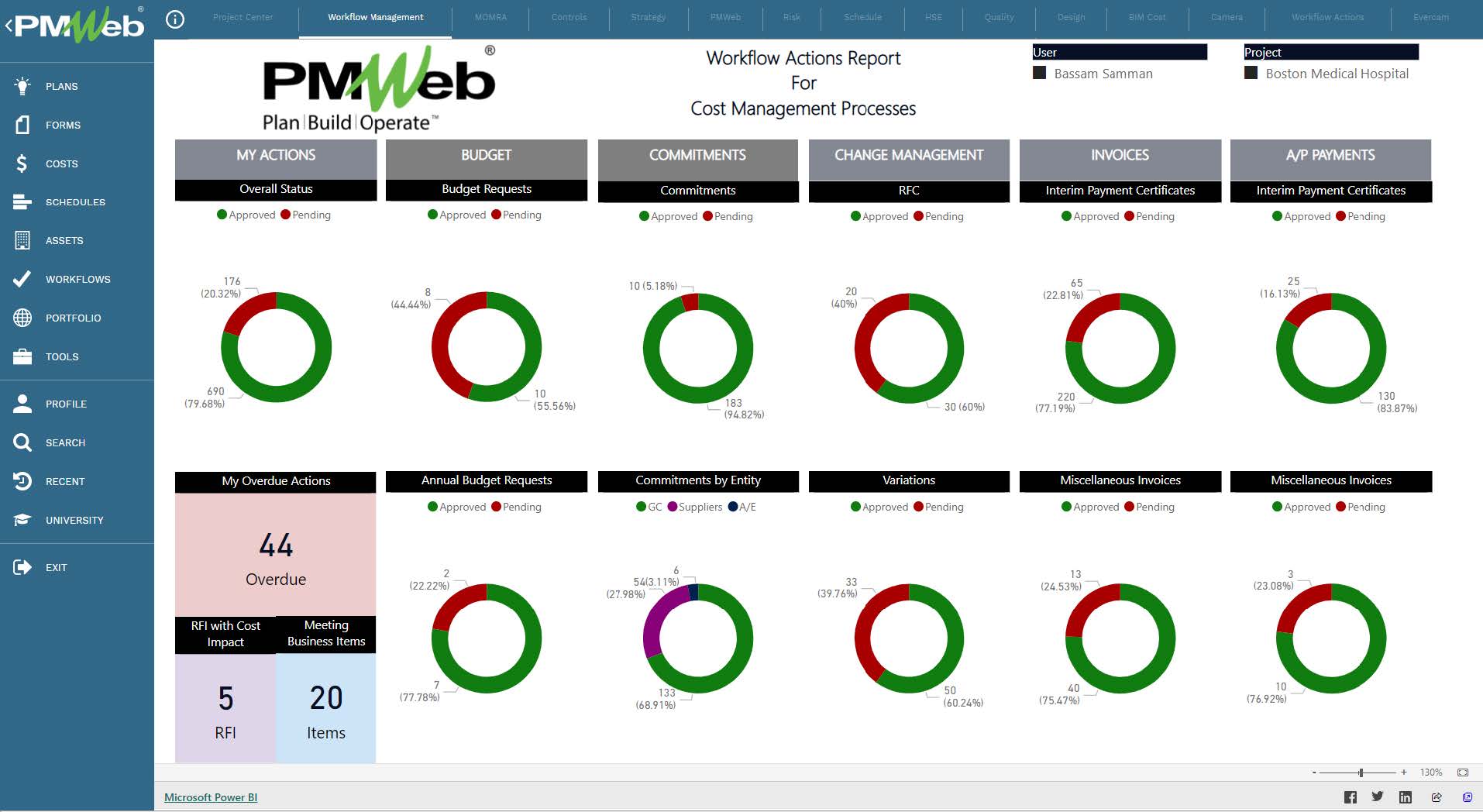
In addition, the data captured in each process template becomes the basis for creating reports that detail the performance of each process along with the Tsunami Early Warning Indicators (TEWI) that are specific to the process. For example, a report can be generated to report on the grievances submitted by those stakeholders who are impacted by the PPP project.
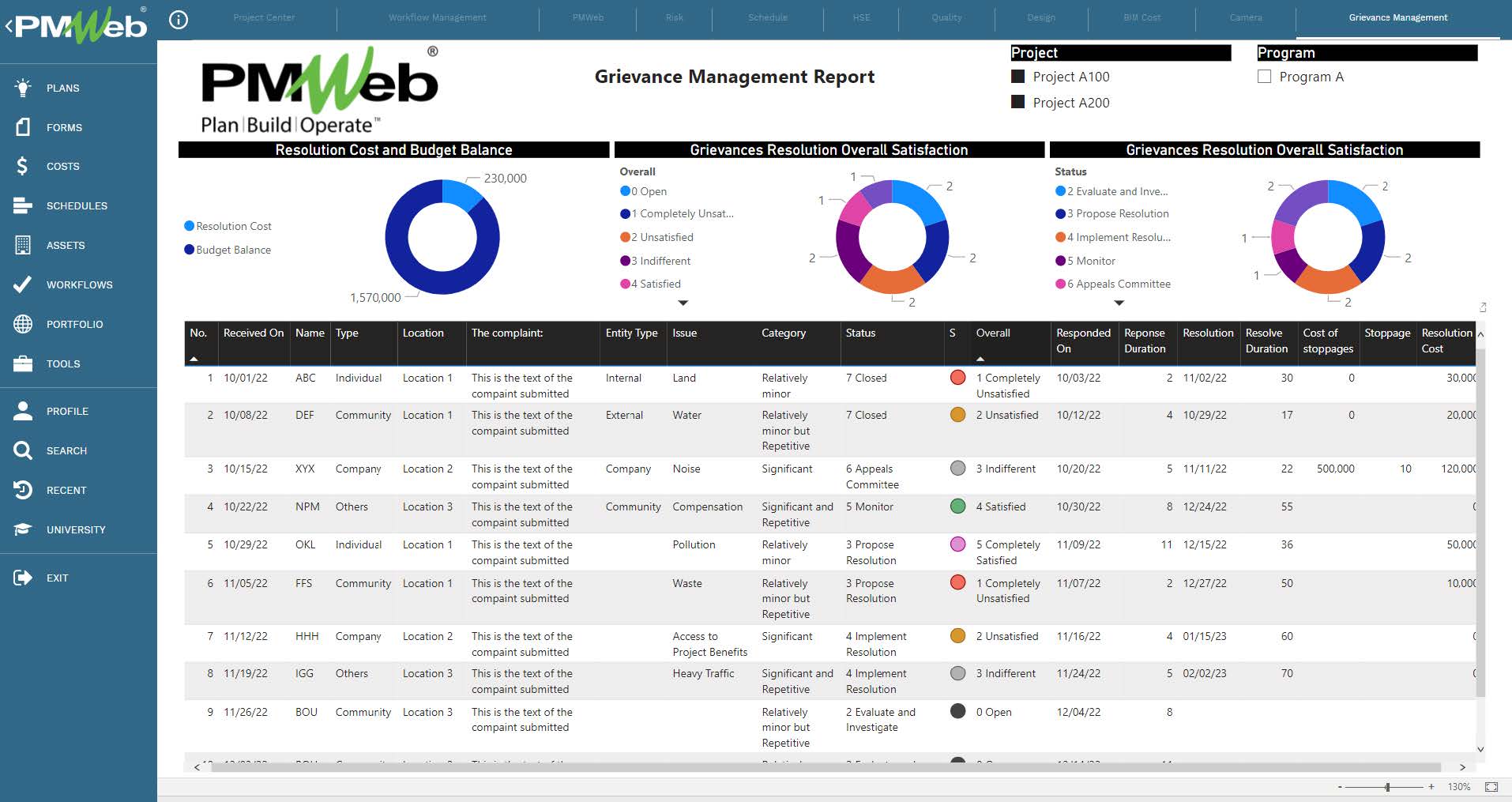
Other reports can be created that combine data from different unrelated processes to create needed TEWI. For example, the data captured from the safety events processes along with the data captured from the daily construction reports becomes the basis for creating the Lost Time Injury (LTI), Lost Time Injury Frequency Report (LTIFR), Lost Time Injury Severity Report (LTISR) and LTI score indicators.
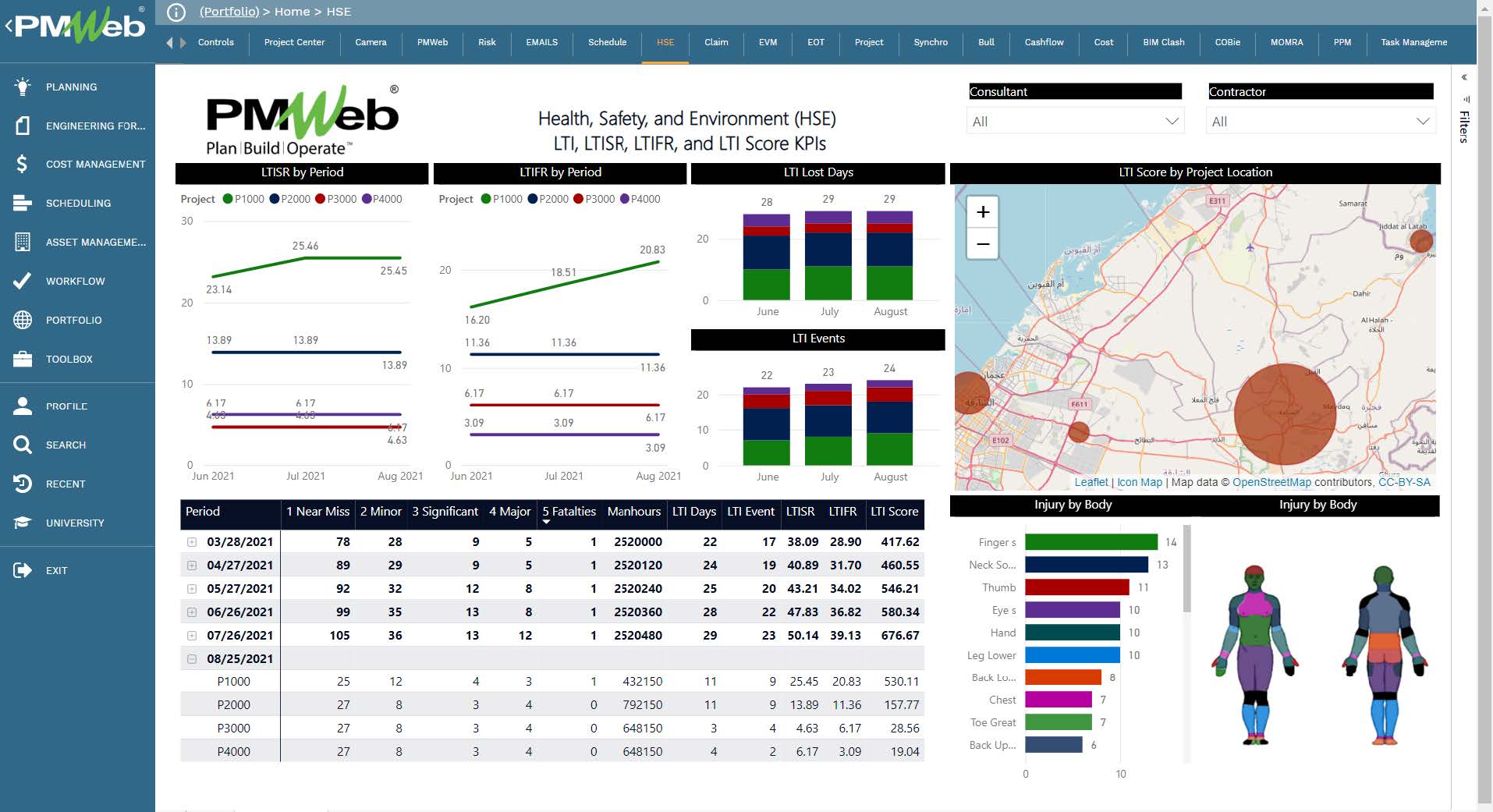
Further, when it comes to financial processes, one needs to create reports that capture data from many financial processes to provide accurate Tsunami Early Warning Indicators (TEWI). Those would be the indicators needed to report on revenue generated, costs incurred, profits earned, cash flow, return on investment (ROI), and others. If the government has more than a single PPP project, those financial reports can be configured to report on the complete PPP projects’ portfolio.
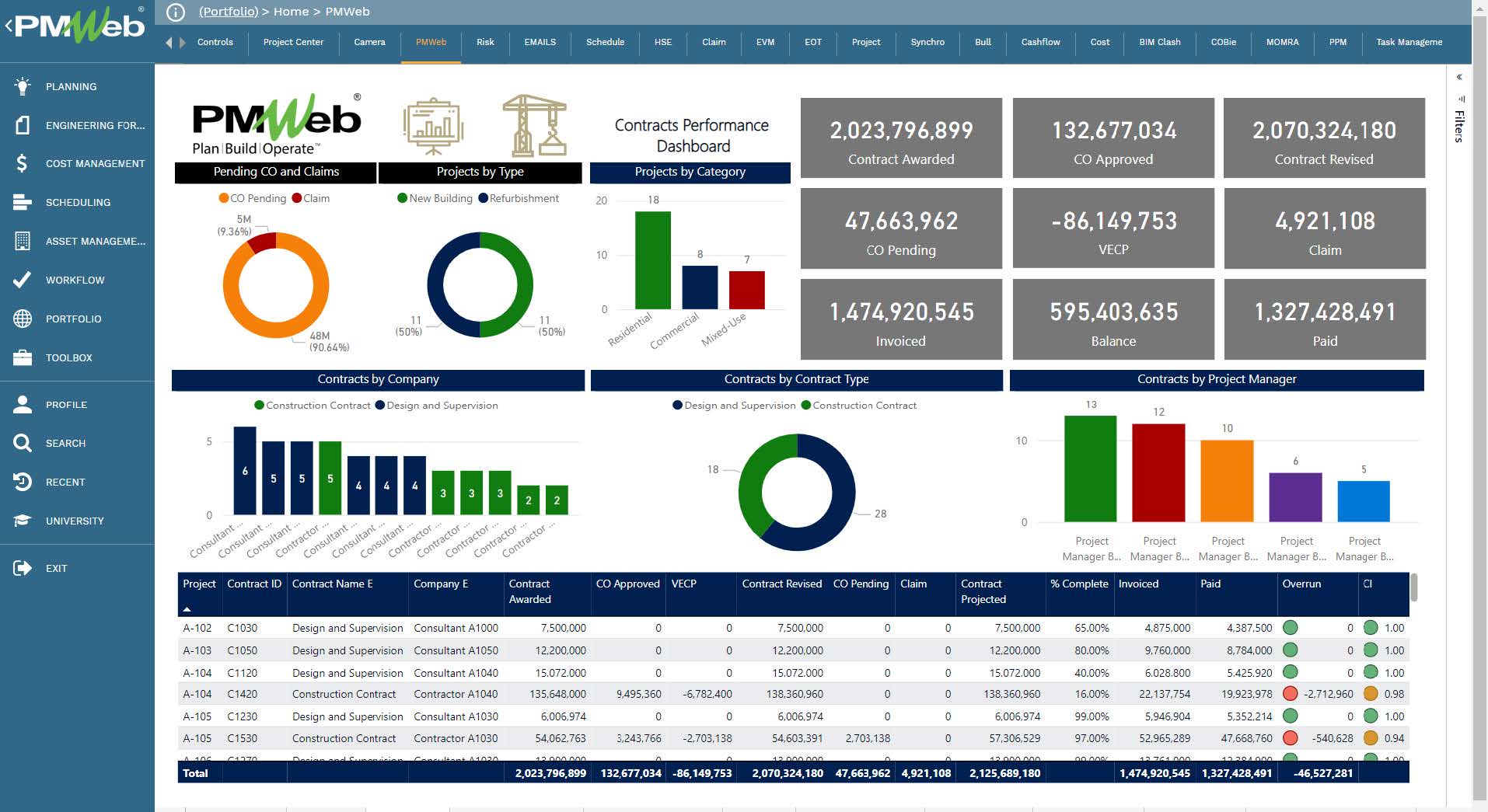
Of course, there is also the option to create a PPP Projects’ Portfolio report that reports on the most critical Tsunami Early Warning Indicators (TEWI) for the government. This report could include a map to show the location of each PPP project being executed and the stage it is at.
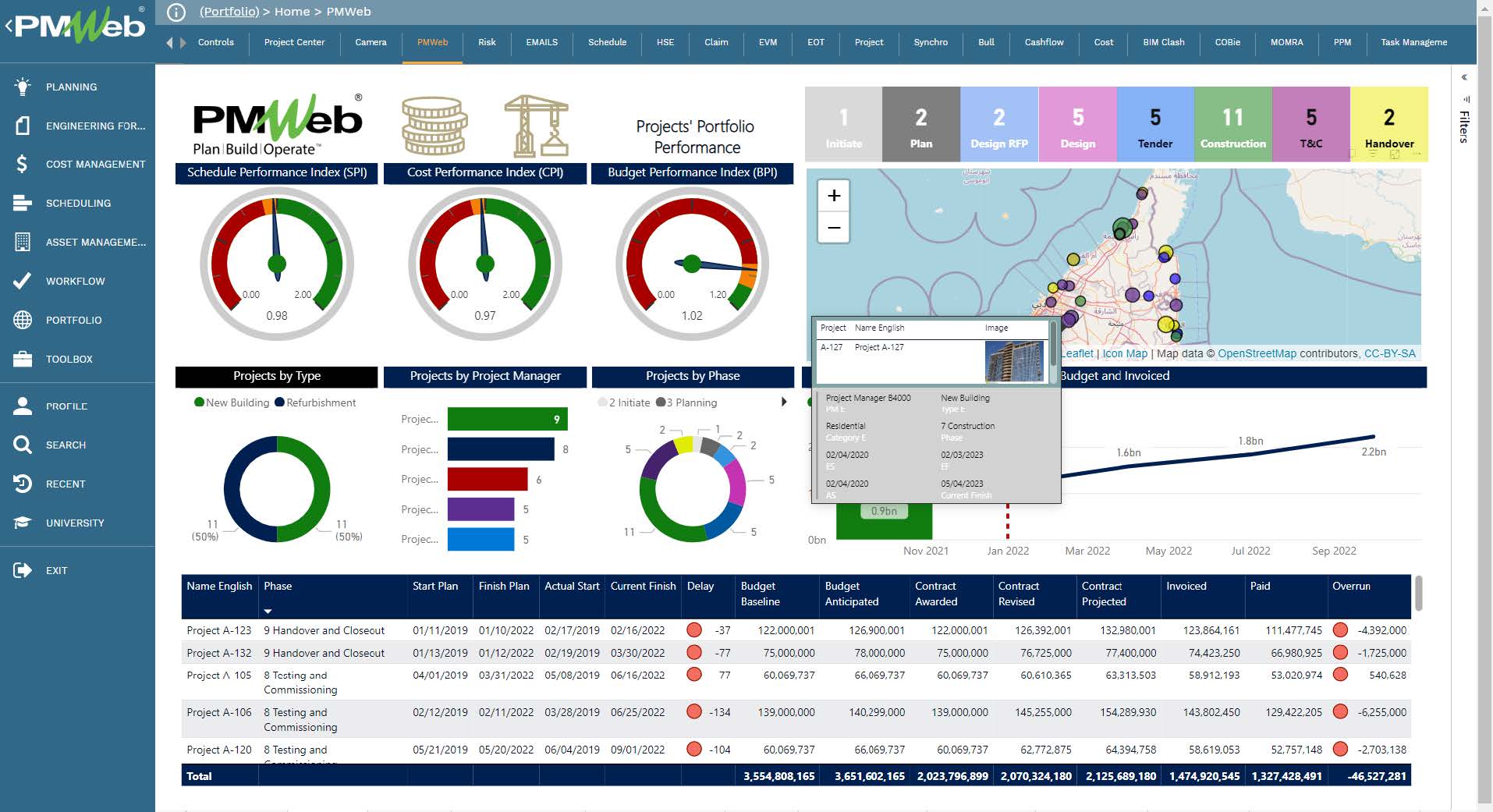
The digitalization of the PPP projects’ execution processes ensures that all Tsunami Early Warning Indicators (TEWI) and associated performance reports are based on transparent, accountable, traceable, and valid data. This not only ensures having access to real-time single-version-of-the-truth information but also allows for significantly better and faster sound decisions. In addition, the accumulation of project information becomes the input for the knowledge information management system (KIMS) thought by each PPP entity.



